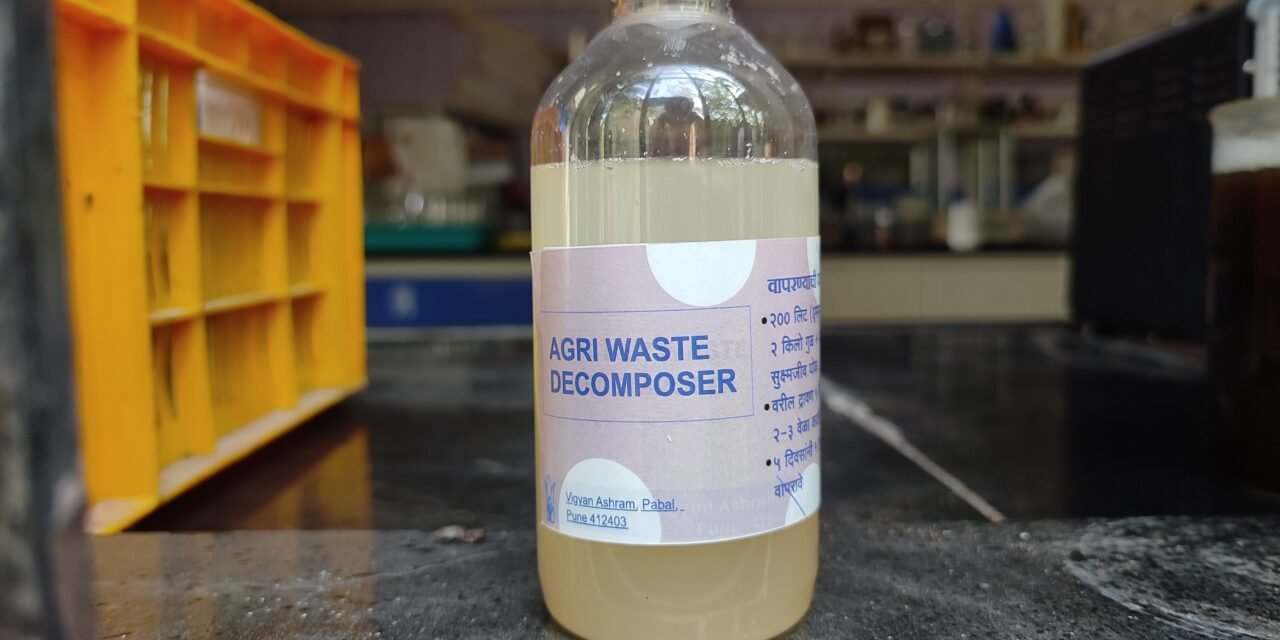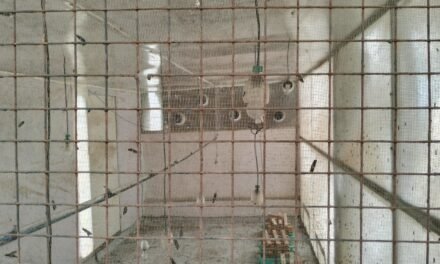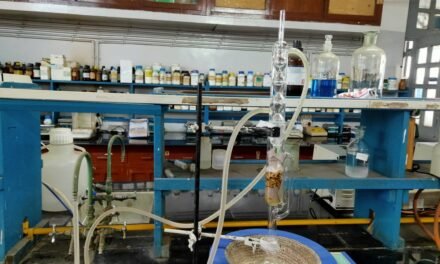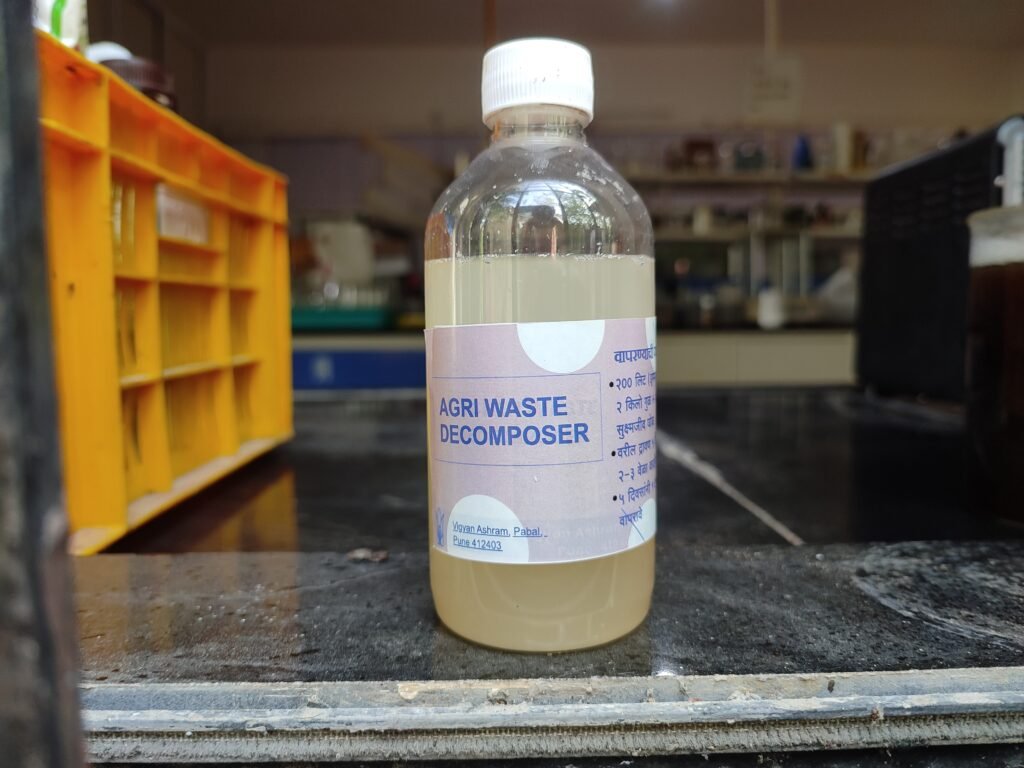
Introduction
The estimated amount of agricultural waste produced by majore crop . India was approximately 683 million tons,and major portion of it was found preferably subjected to burning of crop residue on open fields.
The burning of agricultural residue has provided short term gain for the removal of waste from the fields. The burning of agricultural residue has devastating environmental consequences, including air and water pollution, soil degradation, loss of biodiversity, and increased greenhouse gas emissions, ultimately threatening human health and ecosystem sustainability.
Materal and Methods
Setting up a composting bed in a shady place is crucial because it helps maintain optimal temperatures, retains moisture, and supports the decomposition process, ultimately leading to healthy and nutrient-rich soil .We selected a shady place for the setup of the composting bed.
Source of carbon :
We discussed with sir about the availability of a carbon source during July and August and discovered sugarcane bagasse, which we conduct set up the experiment on the bagasse.The dried,bagasse collected from Mr.Dada Thorve farm . The Bagasse is directly used for composting process. bagas
Experimental Design :
We set up three composting systems.
To maintained the C:N ratio in the range of 40:1 to 50:1 on dry wet basis,the bed is prepared on soil surface. by mixing of bagasse and variable nitrogen sources as following:
1.Sugarcane Bagasse 20 kg + Control soil
2.Sugarcane Bagasse 20 kg +Urea 443 g
3.Sugarcane Bagasse20 kg + Cow dung 13 kg
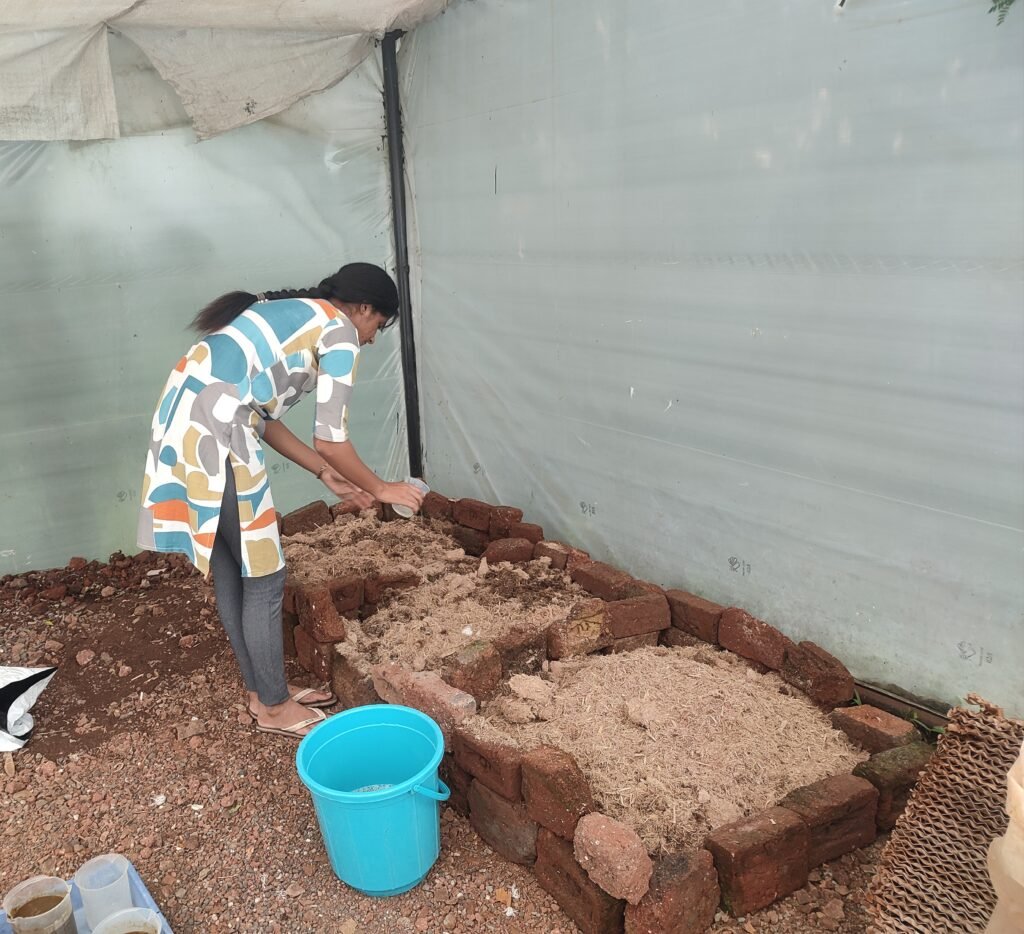
The bed moisture was maintained to 50-60% by spraying the water regular interval throughout the composting process.Also spraying Agri Waste Decomposer in 5 days interval . cover the composting bed with a shade net because it helps maintain optimal temperatures, retains moisture, and supports the decomposition process.
Observation
After 15 days, we noticed that sugarcane bagasse has a low water-holding capacity, leading to water draining from the compost bed. As a result, the bed became excessively dry, which is not an ideal condition for composting. Therefore, we decided to spray the bed with culture and water daily to maintain optimal moisture levels.

